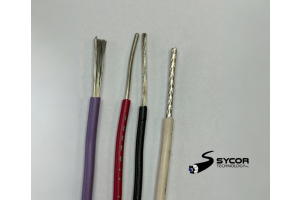Monthly Archives: June 2021
We can't find posts matching the selection.
Categories
- Mil-Spec Wire & Cable (5)
- Industry Updates! (16)
- Multi-Conductor & Multi-Pair (4)
- Robotics & Automation (4)
- Transit & Halogen Free (4)
- Cable Assemblies & Custom Cabling (9)
- Cable Management (14)
- Hook-Up Wire & Building Wire (8)
- Automotive Wire (3)
- Green Energy (7)
- Product Highlights (1)
- Inspecting End to End (3)
- Cabling Fun Facts (14)
- Portable & Power Cord's (7)
- High-Temperature Wire & Cable (6)
- High-Voltage Wire & Cable (4)
Recent Posts





